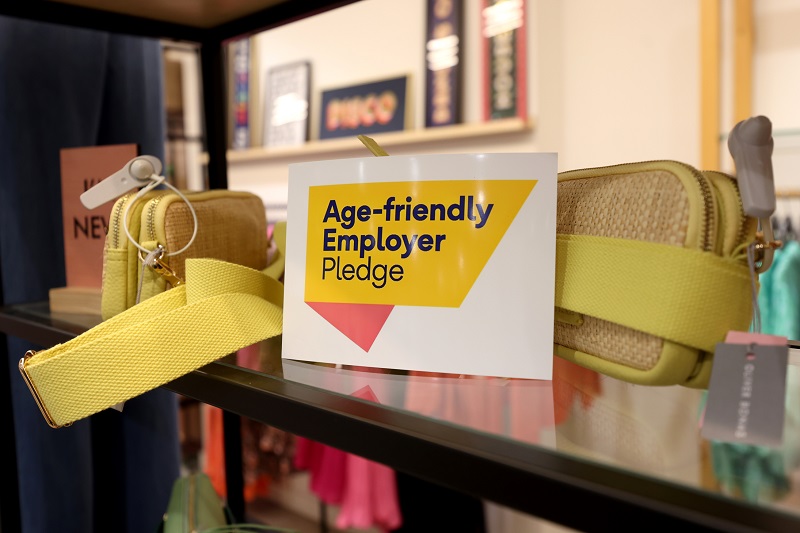The black and ethnic minority (BAME) community face a “triple whammy” of threats to their mental health, incomes, and life expectancy, show results from a new survey from The Office for National Statistics (ONS).
Released by the Race Disparity Unit based in the Government’s Cabinet Office, the results collected by Government departments, highlight the different experiences that the UK’s ethnic groups have had with the COVID-19 pandemic.
Mental Health
Glenn Everett, a statistician at the ONS, said: “Financial resilience was lower among black African or other black households before the pandemic, which would explain why these groups found it harder to manage financially during lockdown. Perhaps unsurprisingly, mental health deteriorated across most ethnic groups during lockdown.”
The report found that 36% of those from the Indian ethnic group reported an increased or persistent loss of sleep over worry, compared with less than a quarter (23%) of White British respondents. Around a third (35%) of those from the black, African, Caribbean or Black British ethnic group also reported troubles with sleep due to the virus.
“White Irish respondents were more likely than those from white British, Chinese and other Asian or black, African, Caribbean or Black British groups to report an increase in loneliness or continuing to feel lonely often between 2019 and April 2020,” Everett added.
Incomes
BAME workers in shut-down sectors are less likely to have a partner in paid work or substantial savings, leaving them in a period of financial crisis due to COVID-19. The ONS report found that before the pandemic, respondents in the Black African or Other Black ethnic groups, were significantly less likely to have enough savings to cover a 20% loss of employment income than those of all other ethnic groups, except for respondents from Black Caribbean and Chinese or Other Asian ethnic groups.
If this is to be solved, the professional field must open itself up to the BAME community, says Neta Meidav, chief executive officer at workplace technology provider Vault Platform: “There is a concerning parallel between marginalised groups of people that have been highlighted during the pandemic. Minority employees tend to work in industries where they face more exposure to infection and economic insecurity because they find it harder to progress in professional fields.
“Black employees account for only 8% of professional jobs, only 3% make it to executive level, and even fewer make it to leadership, contributing to the BAME community finding themselves in positions highly exposed to COVID-19.”
The research also showed that BAME businesses owners were not finding luck in accessing available Government support such as the Coronavirus Business Interruption Loan Scheme for small businesses and the Self Employment Income Support Scheme, with 48% of BAME business owners not applying at all because they did not believe that they would qualify.
The BAME community is facing financial hardship because of the virus across the pond, continued Meidav: “Synd.io ran a national survey that found American women’s careers are losing ground to men’s during the pandemic, with African American women twice as likely to believe future career prospects will be negatively affected by the pandemic than white women.
“Joonko, an automated diversity recruiting technology, shares the same concerns – that women and minorities are being disproportionately affected in terms of career prospects during COVID, especially in the tech sector. Of 23,000 people laid off from 280 different startups, 51% of all layoffs have been women, and 38% of layoffs have been within BAME communities.”
Life expectancy
The ONS report shows that black people are four times more likely to die from coronavirus than their white peers, and people of Chinese, Indian, Pakistani, other Asian, Caribbean and other black ethnicity had between 10% and 50% higher risk of death when compared with white British.
This could be due to several factors such as the size of their household, exposure to people at work, and where they live.
Black and Asian men are more likely to work in jobs that have a higher risk of death due to COVID-19. For example, a third of taxi drivers are BAME, while service jobs such as security and cleaning are also largely populated by the BAME community.
BAME women are equally at risk of death by COVID-19 due to their work circumstances. A high proportion of care workers (13.2%) are from a BAME background. In England, people from the BAME community had the highest risk of testing positive in October and November compared to those in a white ethnic group if they worked in social care, personal services and the sector for arts, entertainment and recreation.
The ‘An Avoidable Crisis’ report led by Doreen Lawrence and commissioned by the Labour party found that BAME workers are more likely to be in industries where they cannot work from home, putting them at higher risk of not just the virus, but at risk of redundancy and furlough, too.









